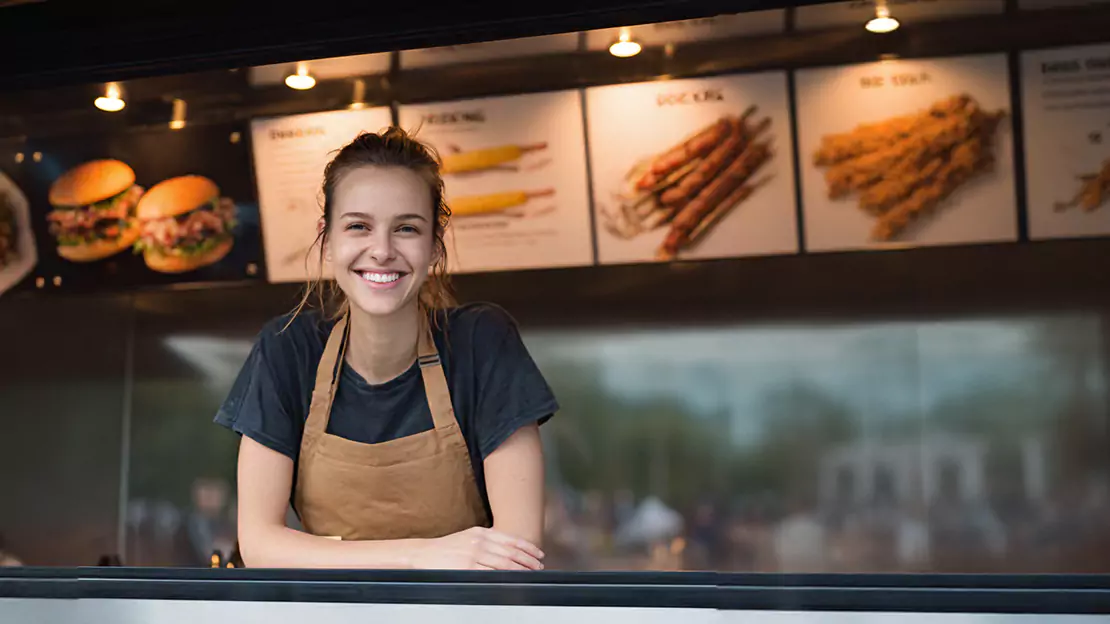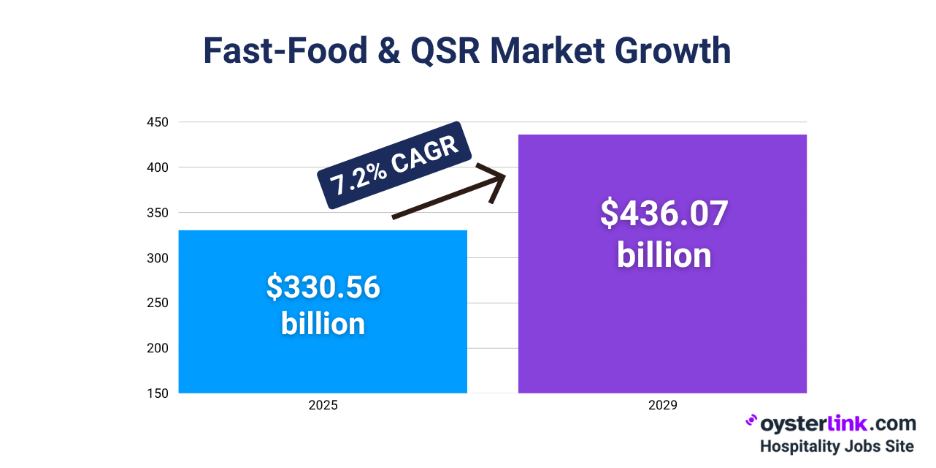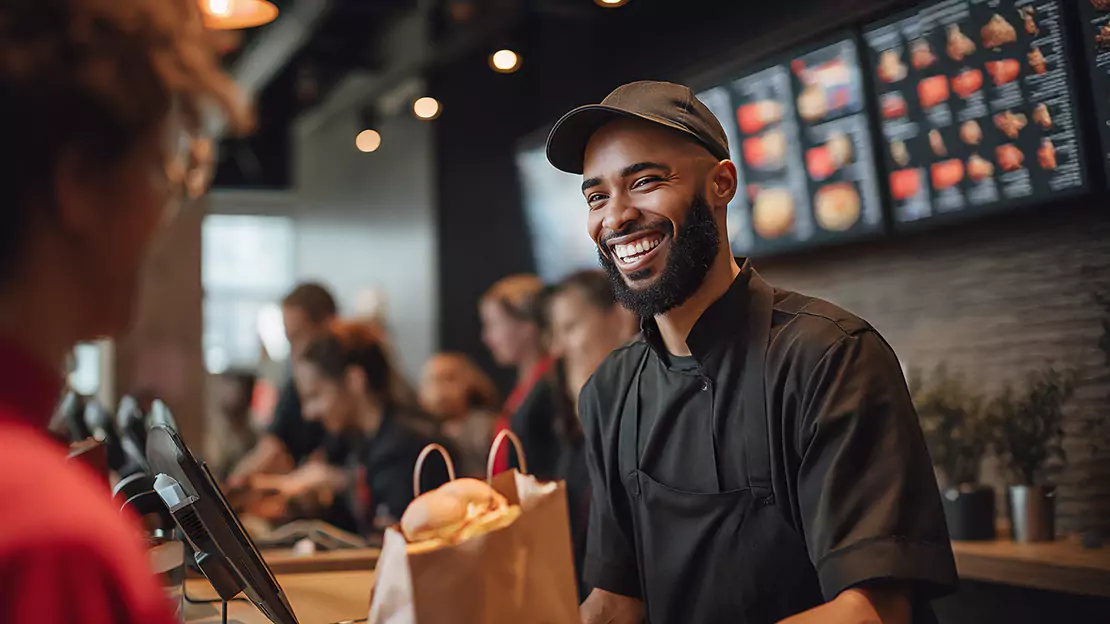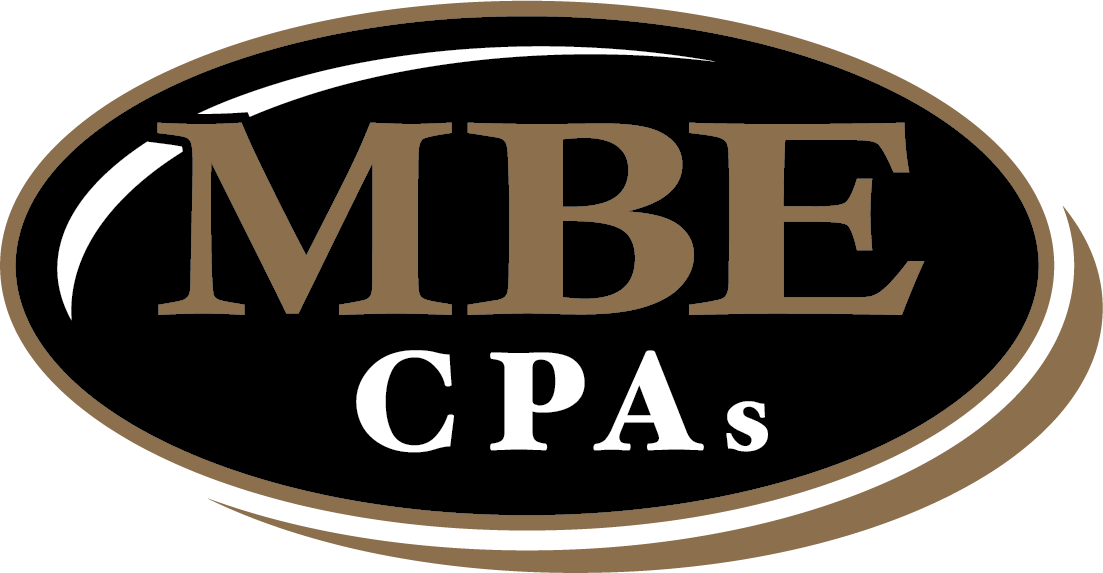Turn Tailwinds into Franchise Wins

Authored by: Kim Wegner — Partner, CPA, CVA, CGMA | Date Published: August 11, 2025
Featured Topics:
Restaurant franchise owners face an unprecedented wave of change. Economic volatility, shifting consumer preferences, persistent labor shortages, and accelerating digital transformation create constant pressure on operators. Many franchise owners feel like they’re battling relentless headwinds.
But what if I told you these same forces could become your greatest competitive advantages?
At MBE CPAs, I’ve helped franchise owners turn challenges into opportunities. With the right mindset, innovation, and strong financial management, every obstacle presents a chance to outperform and achieve impressive results. The restaurant industry’s projected $1.5 trillion in sales comes not in spite of challenges, but because forward-thinking franchise operators actively turn adversity into opportunity.
The best franchise restaurants are those that meet change head-on. Let me help you do the same.
Redefining Challenges as Opportunities
The mindset shift that separates successful franchises from struggling ones is simple. Industry pressures aren’t just problems to endure; they’re opportunities to stand out and drive positive change.
Reframe what’s really happening:
- Rising Cost Pressures: Demand smarter operations that eliminate waste and maximize every dollar.
- Technology Acceleration: Essential competitive tools that revolutionize operations.
- Consumer Behavior Shifts: Opportunities to build deeper loyalty and discover new revenue streams.
- Labor Market Changes: Force innovation in training, retention, and operational design.
- Supply Chain Disruptions: Push operators to diversify suppliers and improve vendor relationships.
Success comes from anticipating and adapting, not reacting. While competitors scramble to respond to changes, proactive franchise owners position themselves ahead of trends.
Innovation for Growth
Technology That Pays for Itself
Restaurant technology is experiencing unprecedented growth. Operators now look far beyond basic POS systems, adopting advanced solutions such as:
- AI-powered inventory tracking: Predicts demand patterns and automates reordering.
- Kitchen automation tools: Maintain consistency while reducing labor dependency.
- Smart scheduling systems: Matches staffing levels to predicted customer volume.
- Waste tracking technology: Identifies and reduces food waste at the ingredient level.
- Temperature monitoring: Prevents spoilage and maintains food safety standards.
Together, these innovations are transforming operations from the back of the house to the front. Here are five key ways technology is helping restaurants maintain a competitive edge:

Data-Driven Decision Making
Today’s restaurants generate vast data. Amid rising costs, AI and analytics highlight profitable menu items, peak periods, and customer preferences, driving profitability.
Key analytics applications:
- Sales pattern analysis: Identifies peak hours and seasonal trends.
- Customer behavior tracking: Reveals ordering preferences and frequency patterns.
- Menu performance metrics: Shows which items generate highest profit margins.
- Staff productivity measurement: Tracks service speed and accuracy.
- Cost trend analysis: Monitors ingredient and labor cost changes.
These tools help franchisees respond faster, optimize operations, and uncover hidden revenue potential.
Advanced Analytics in Practice
Consider how predictive analytics can transform your inventory management. Instead of ordering based on historical averages, AI systems analyze weather patterns, local events, seasonal trends, and even social media sentiment to predict demand with remarkable accuracy. This level of precision lowers waste by as much as 15% and means you’re always fully stocked with high-demand items when you need them most.
Elevating Customer Experience
Customers now expect smooth digital experiences. With spending projected to reach $330.56 billion by the end of 2025, this shift presents your biggest opportunity, not a threat.

Understanding your position in the broader food market franchise industry helps you capitalize on these digital trends and identify opportunities that less prepared competitors might overlook.
Mobile apps, online ordering, and loyalty programs are data goldmines that help you better understand and serve your customers. Use customer data to create personalized experiences, recommend items based on previous orders, and send targeted promotions.
This not only increases customer satisfaction but also builds lasting loyalty that translates into higher lifetime value and repeat business.
Menu Evolution & Cost Control
Beyond simply adopting technology, successful franchise owners are also mastering the fundamentals of cost control and menu management. In a market where every dollar counts, optimizing your menu and supply chain is crucial for profitability. The following smart sourcing strategies can help you maintain quality, control costs, and build a more resilient business.
Smart Sourcing Strategies:
- Diversify supplier base to avoid single-source dependency.
- Negotiate volume discounts for consistent items.
- Explore local suppliers for better terms or unique ingredients.
- Establish seasonal ingredient partnerships.
- Join bulk purchasing cooperatives.
Menu Engineering: Analyze the profitability of every item, not just its popularity. High-margin items deserve prominent placement. Limited-time offers allow you to test new concepts without making permanent menu commitments.
Financial Guide from MBE CPAs
Precision Budgeting & Forecasting
Static budgets belong in the past. Today’s successful franchises utilize dynamic financial models that adapt to rapid market changes, incorporating multiple scenarios: best-case, worst-case, and most likely.
These flexible models allow you to make informed decisions quickly when conditions shift, whether that’s adjusting inventory levels during supply shortages or capitalizing on unexpected opportunities for expansion.
Cash Flow Management: Monitor restaurant cash flow weekly, not monthly. Negotiate payment terms with suppliers that align with your revenue cycles. Maintain adequate reserves for unexpected expenses or opportunities.
Deep Dive into Cost Control
Surface-level cost analysis isn’t enough. Focus on granular expense analysis:
- Utility management: Track usage patterns and negotiate better rates.
- Waste reduction programs: Monitor and minimize food waste by menu item.
- Maintenance scheduling: Prevent costly equipment breakdowns.
- Marketing spend analysis: Measure ROI for each advertising channel.
- Training cost tracking: Calculate ROI of employee development programs.
The Hidden Costs of Inefficiency
Many franchise owners focus on obvious expenses while overlooking performance drains. A poorly calibrated oven might increase cooking times by 10%, affecting both energy costs and customer wait times. Regular equipment audits can identify these hidden inefficiencies that compound into significant annual losses.
Labor Cost Optimization
Labor represents your largest controllable expense and biggest opportunity for differentiation. The goal isn’t minimizing labor costs; it’s maximizing labor value through:
- Cross-training programs: Develop versatile team members.
- Performance-based incentives: Reward high-performing employees.
- Scheduling software: Match staffing to predicted demand.
- Skills development: Invest in training that improves service quality.
- Exit interview analysis: Address common turnover reasons.

Key Performance Indicators That Matter
Focus on metrics that drive profitability:
- Food cost percentage (ideal: 28-32%).
- Labor cost percentage (ideal: 25-35%).
- Average ticket size and growth trends.
- Customer acquisition cost and lifetime value.
- Table turnover rates and capacity utilization.
Additional Critical Metrics
- Operational Performance Indicators: Order accuracy percentages, service speed benchmarks, inventory turnover frequency, equipment downtime tracking
- Growth and Sustainability Measures: Customer retention rates, employee turnover costs, marketing ROI by channel, seasonal performance variations, location-specific profitability analysis
Benchmark establishment for each metric creates response protocols when performance deviates from targets, allowing rapid corrective action.
Building an Innovative & Resilient Team
Investment in People
Your team is your greatest asset. While technology can improve efficiency, it’s your people who build loyalty, solve problems, and drive long-term success. Invest in strong training programs that cover both customer service and the tools your team uses every day. Cross-training supports flexibility and helps employees see a future with your organization, which encourages them to stay and grow.
Encourage staff to share ideas for improvement. Front-line employees often notice issues and opportunities before management does. Create clear ways for them to offer suggestions and recognize their contributions. When you invest in your people and listen to their input, you create a workplace that performs better, adapts faster, and keeps turnover low.
How MBE CPAs Drives Your Success
At MBE CPAs, we help restaurant franchise owners turn obstacles into gains, advantages, and tax savings with industry-specific strategies.
We go beyond taxes and bookkeeping. Partnering with you to build more profitable, resilient franchises. We help you spot untapped opportunities, avoid costly errors, and achieve your long-term goals.
The restaurant franchising sector is experiencing dynamic growth, with a projected 2.2% increase in quick service restaurants and AI-powered solutions driving innovation. Understanding current franchise trends creates opportunities for prepared operators to capture market share and build lasting competitive advantages.
